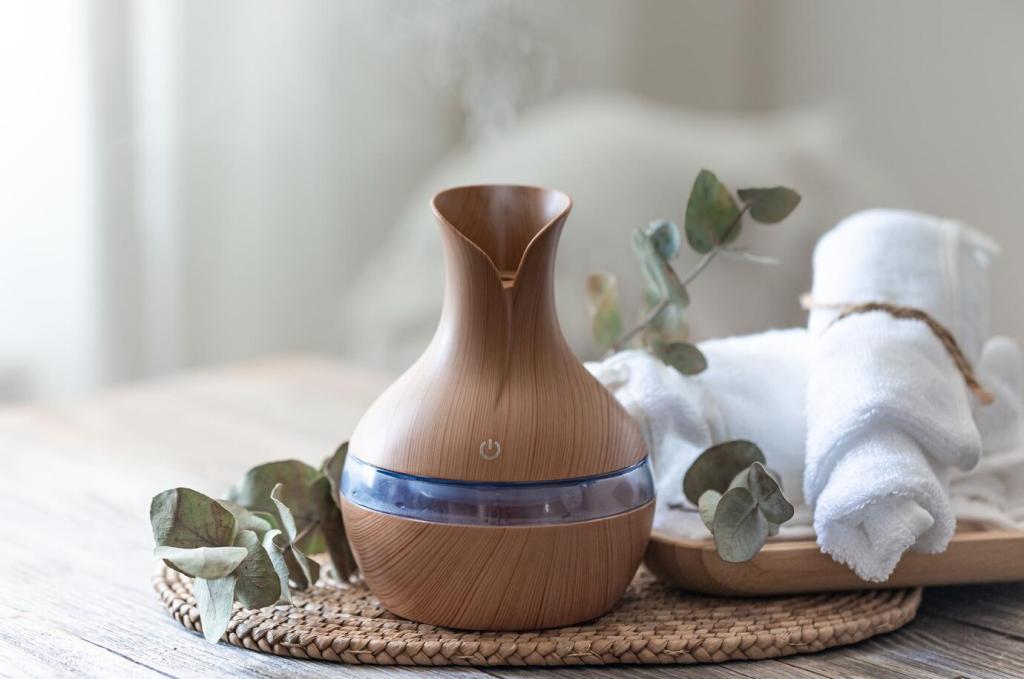
Progressive Muscle Relaxation Methods: Find Your Calm, One Muscle at a Time
Today’s chosen theme: Progressive Muscle Relaxation Methods. Welcome to a soothing corner of the web where tension meets technique. Breathe in, unclench slowly, and discover how deliberate release can reset your body, refocus your mind, and refresh your day.


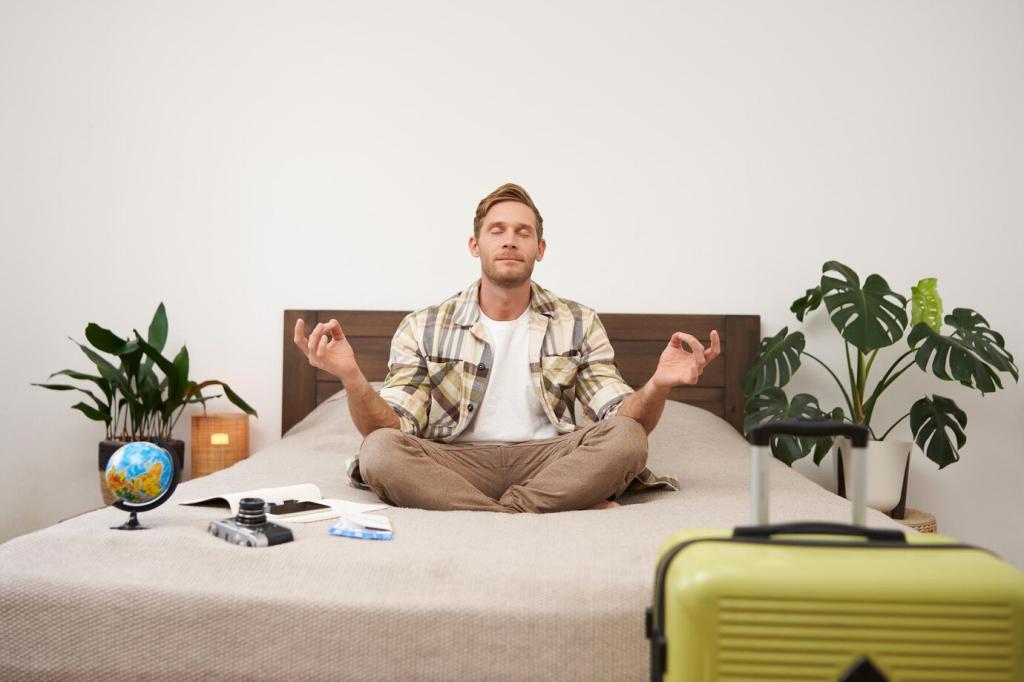

Find a quiet space, silence notifications, and choose a comfortable position—seated or lying down. Dim lights help. Commit to a simple intention: notice tension without judgment, release gently, and celebrate even tiny drops in pressure.

Begin with your feet, then calves, thighs, glutes, belly, hands, forearms, shoulders, jaw, and eyes. Inhale as you gently tense for up to ten seconds, exhale and soften for twenty. Keep effort moderate—clarity, not strain, is the goal.

After finishing, scan your body from toes to forehead. Notice cooler sensations, heaviness, or ease around the jaw and shoulders. Seal the practice with three slow breaths. Bookmark this routine and subscribe for audio guides you can follow anywhere.
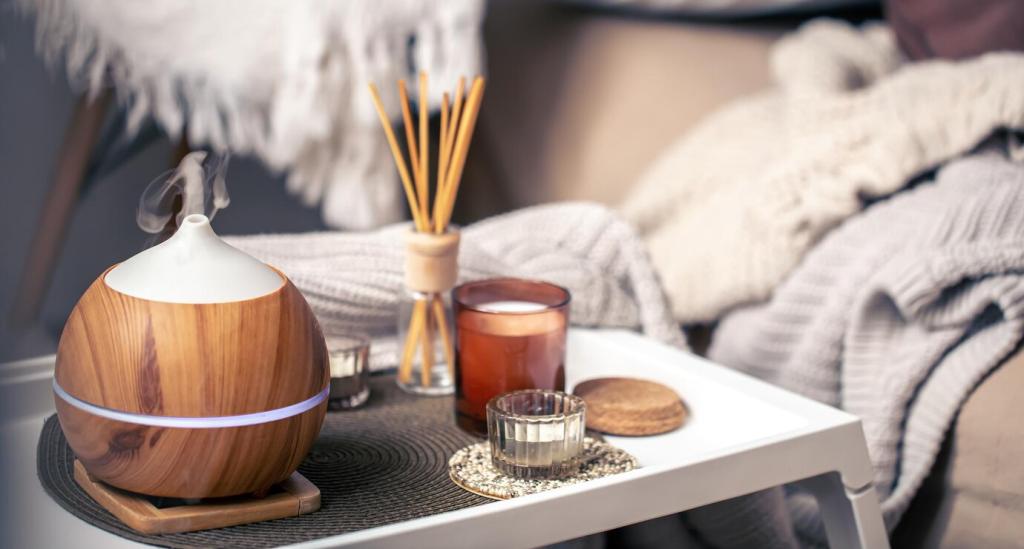
Breath, Body, and Brain: The Science Behind PMR
PMR encourages longer exhales and softening muscles, signaling safety to the vagus nerve. This parasympathetic shift slows heart rate, eases blood pressure, and quiets stress hormones. Over time, your baseline becomes less reactive and more resilient.
Breath, Body, and Brain: The Science Behind PMR
Tense-and-release cycles reduce muscular guarding and interrupt anxious spirals. Studies show PMR can lower perceived pain by decreasing anticipatory tension. Share your observations—where do you feel tension first, and how does release change the story?
Seated Micro-Sessions at Your Desk
Try a 90-second cycle: fists, forearms, shoulders, jaw. Tense gently on inhale, release on a long exhale. Pair with a sip of water. This quick ritual helps computer-heavy days feel manageable. Tell us your favorite two-minute workplace reset.
Bedtime Drift for Restless Evenings
Lying down, dim the lights and start with your toes. Use softer contractions to avoid stimulating the body. Imagine warmth spreading with each release. Many readers say their minds quiet by the time they reach their shoulders.
On-the-Go, Discreet PMR
In transit or in a waiting room, try subtle contractions in the hands, calves, and jaw. Keep movements small and secret. Your breath is your anchor. If this helped during a commute, share your story and encourage another traveler.
Avoiding Common Mistakes and Staying Safe
No Pain, Just Clarity
PMR should never hurt. If you feel discomfort, reduce intensity or skip that muscle group. Remember, the lesson is contrast. Even a five-percent squeeze, followed by release, teaches your system the path back to ease.
Patience Beats Force Every Time
Skipping ahead or rushing blurs feedback. Slow pacing lets your nervous system register change. Consistency—three to five short sessions weekly—beats one heroic session. Comment with your schedule goal and return next week to celebrate progress.
Medical Considerations and Modifications
If you have acute injury, hypertension concerns, or chronic pain, consult your clinician and adjust intensity. Swap full contractions for imagined tension followed by release. Visualization still trains relaxation pathways safely and effectively.
Make It a Habit: Tracking Progress and Staying Motivated
Note when you practiced, which muscles felt tight, and any mood shifts afterward. Patterns emerge quickly. Seeing progress on paper inspires consistency. Share a snapshot of your notes with our community to motivate someone starting today.
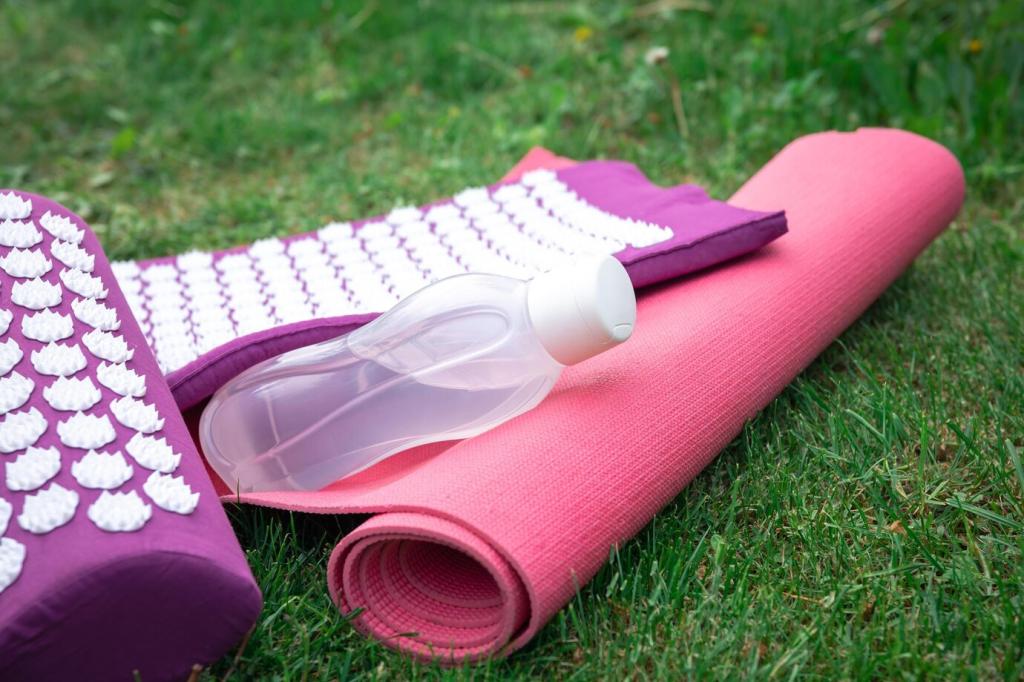
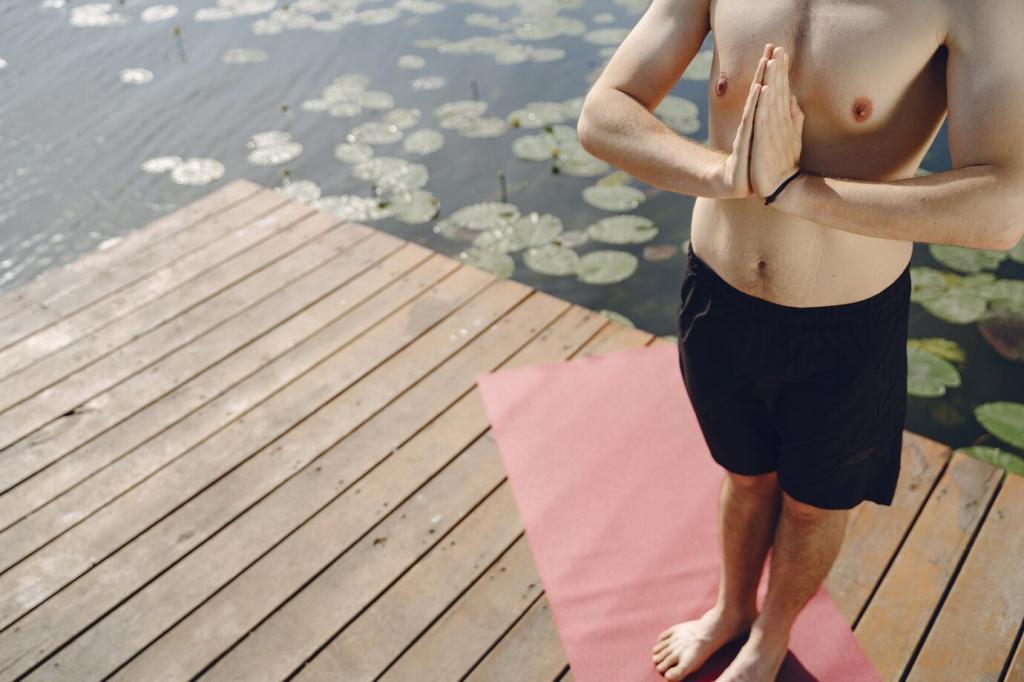
Guided Scripts and Imagery to Deepen PMR
Start with toes, then calves, thighs, glutes, belly, chest, hands, arms, shoulders, neck, jaw, and eyes. Speak slowly, out loud or silently. Invite softness with each exhale. Save this sequence and share it with a friend tonight.
Guided Scripts and Imagery to Deepen PMR
As you release, imagine a cool blue wave washing tension away, followed by a gentle warmth settling in. Colors and temperature cues amplify sensation. Tell us which images help your muscles melt fastest, and we’ll feature community favorites.
Real Stories: PMR Wins from Our Readers

Minutes before her talk, Emma cycled fists–shoulders–jaw with slow exhales. Her voice steadied, hands stopped trembling, and slides flowed. Share your pre-performance routine below so others can borrow courage when the spotlight finds them.
Join our mailing list
